

William Stopford
Every SUV, ute and van discontinued in Australia in 2025
4 Hours Ago
McLaren has used its longstanding Formula 1 racing experience to create what is still the most complete convertible supercar on the planet.
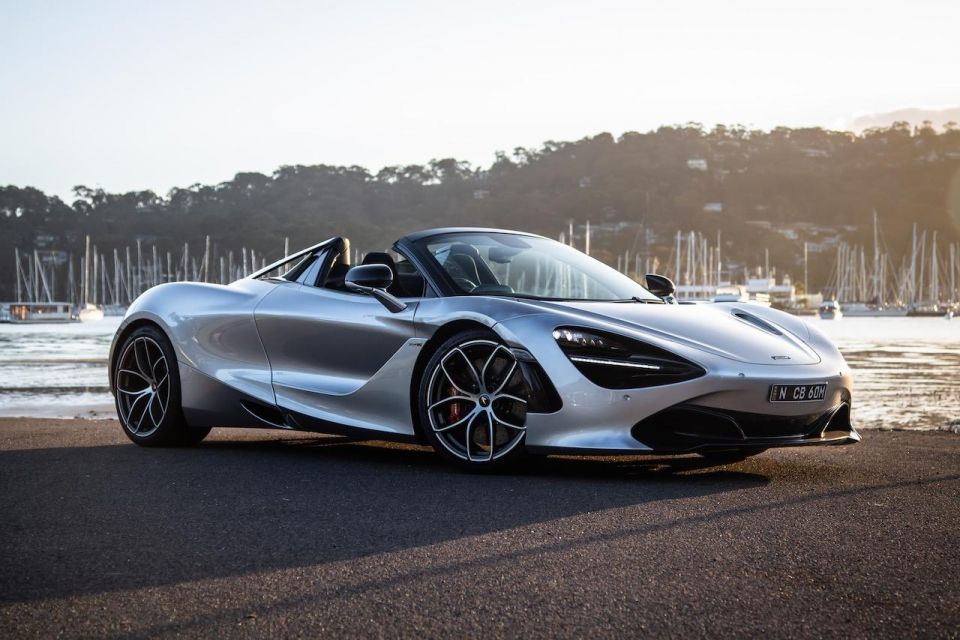


Senior Road Tester
New from
$582,700
excl. on-roads

Senior Road Tester
New from
$582,700
excl. on-roads


Senior Road Tester
New from
$582,700
excl. on-roads

Senior Road Tester
New from
$582,700
excl. on-roads
Where expert car reviews meet expert car buying – CarExpert gives you trusted advice, personalised service and real savings on your next new car.
Bona-fide car enthusiasts generally shy away from convertible versions of the most revered sports cars due to their extra weight and relative lack of rigidity. The McLaren 720S Spider is different – it’s in another league entirely.
The numbers alone are astonishing: 0-100km/h in 2.9 seconds, 0-200km/h in 7.9 seconds, and the quarter-mile run in a mind-blowing 10.4 seconds. Top speed is a blistering 341km/h with the roof raised, or 325km/h with it lowered.
It can also go from 100km/h to standstill in 30 metres and from 200km/h to 0 in 118 metres. Remember, this from an electrically-retractable hardtop convertible.

The McLaren 720S isn’t exactly new, it had its global debut back in early 2019 in Arizona, on deserted roads in the middle of the… desert.
Scary fast but brilliantly composed at the same time, the 720S left me utterly speechless at the time.
To properly grasp the 720S Spider and its engineering is to understand its early development phase. For the first couple of years the coupe and Spider were developed side-by-side, which guaranteed the Spider’s structural requirements were built into the car from day-one.
For instance, the dihedral doors, carbon-fibre roof, and rollover mechanism were only made possible by the development of McLaren’s carbon tub, which itself leans on Formula 1 in its construction.
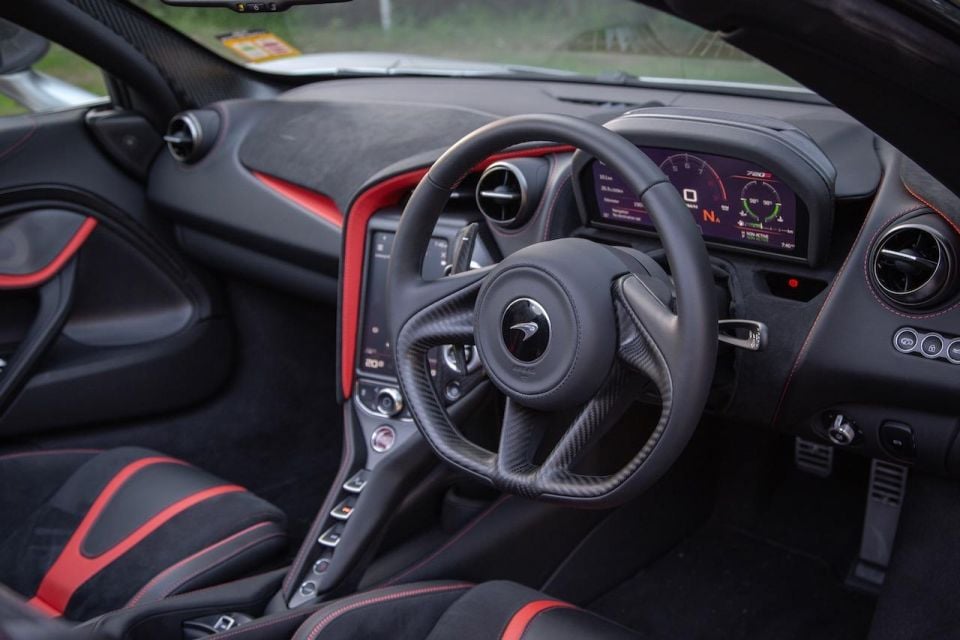
The carbon construction is not only a weight-saving measure, but also delivers the rigidity and safety required, as well as providing a low centre of gravity for the performance dynamics of the 720S Spider.
The Spider’s roof was actually awarded two patents relating specifically to its one-piece mechanism and the fact there’s no split line for better airflow. The roof itself is still smaller and lighter than anything else available, and even affords the driver good visibility.
Three years on and even driving it around suburbia and I’m still flabbergasted by this open-top McLaren. How is it possible to make a supercar so devastatingly fast in any situation, and yet one in which you can easily drop the roof and soak up the sun while cruising to your favourite beachside cafe?
It’s pure genius.
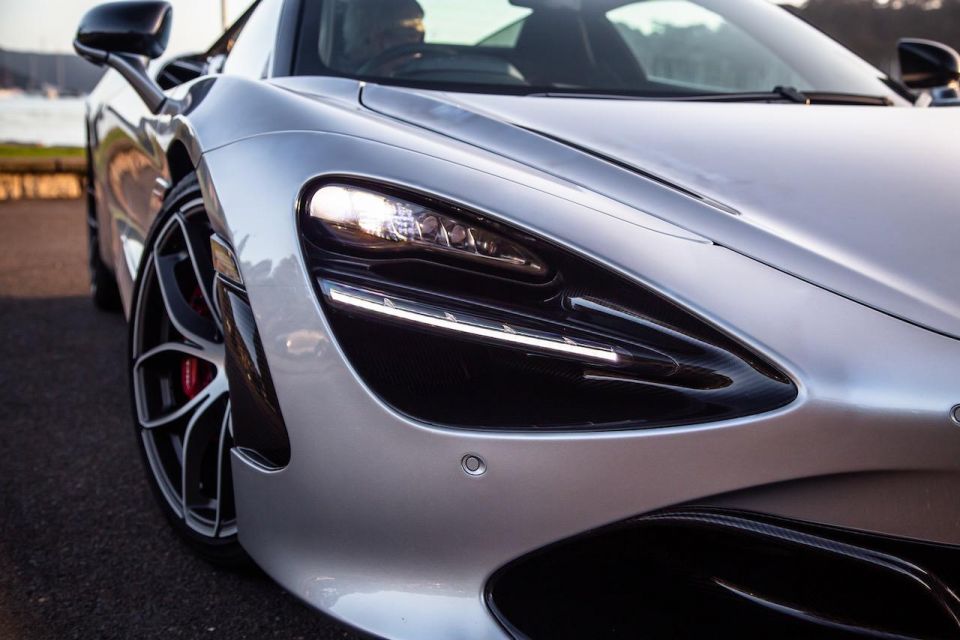
Pricing for the McLaren 720S Spider begins at $556,000 before on-road costs and options, but stock will likely be scarce given the imminent arrival of 765LT orders for local customers.
Choosing the 720S Coupe will cost you between $499,000 for the entry-level version and $525,700 before on-road costs for either the 720S Luxury or Performance variants. It’s a significant saving on the inbound McLaren 765LT that starts from $609,650 excluding on-road costs.
By way of comparison, the similarly positioned Ferrari F8 Tributo Spider costs from $536,888 before on-roads, while the naturally-aspirated Lamborghini Huracan Evo Spyder with rear-wheel drive presents something of a bargain at $422,606 plus on-roads.
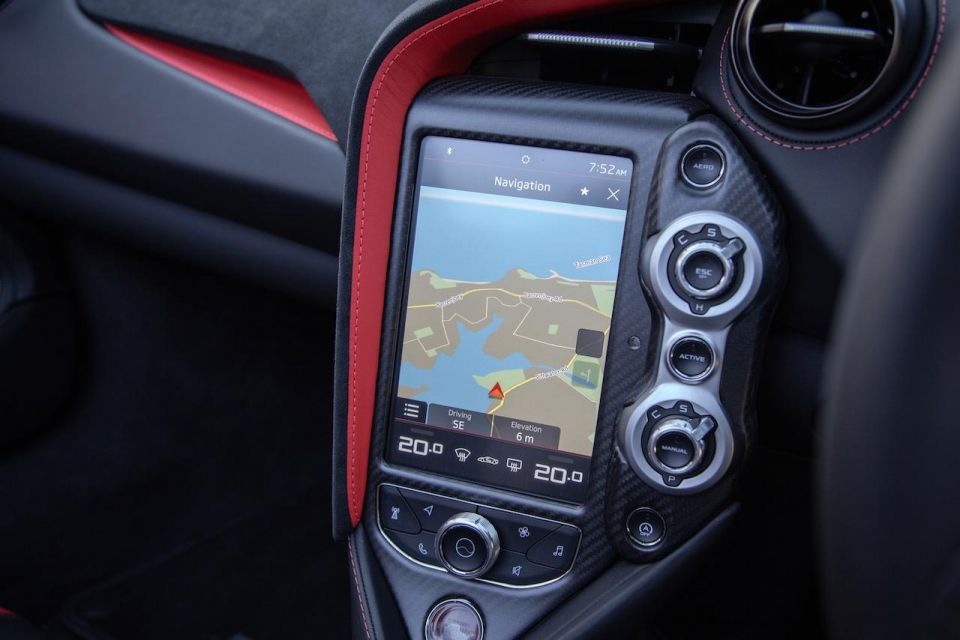
Buy your new car without the stress. It's fast, simple and completely free.

Great service from Travis and team, second time I have used this business would not hesitate to recommend them to anyone
Craig C.
Purchased a Ford Ranger in Sunshine Coast, QLD
CarExpert helped Craig save thousands on his Ford Ranger, now let us save you on your next new car.
Find a dealAs with most supercars in this rarefied segment, it’s difficult to decipher the standard equipment list against the seemingly endless inventory of expensive options given many buyers spending this kind of coin like to personally spec their cars.
For instance, I count 37 optional exterior paint choices, where even solid white will cost you $5100. Colours in the top-level MSO Defined palette cost $20,700.
Our McLaren 720S Spider was in Metallic Saros (dark-tint silver to me) which adds $11,600 to the price.
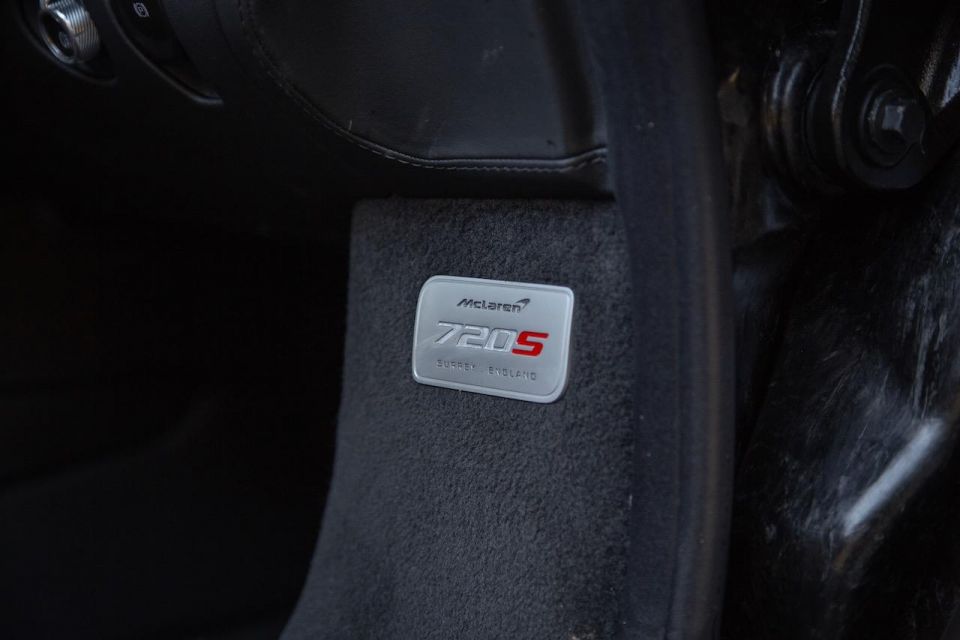
Nevertheless, standard equipment includes:
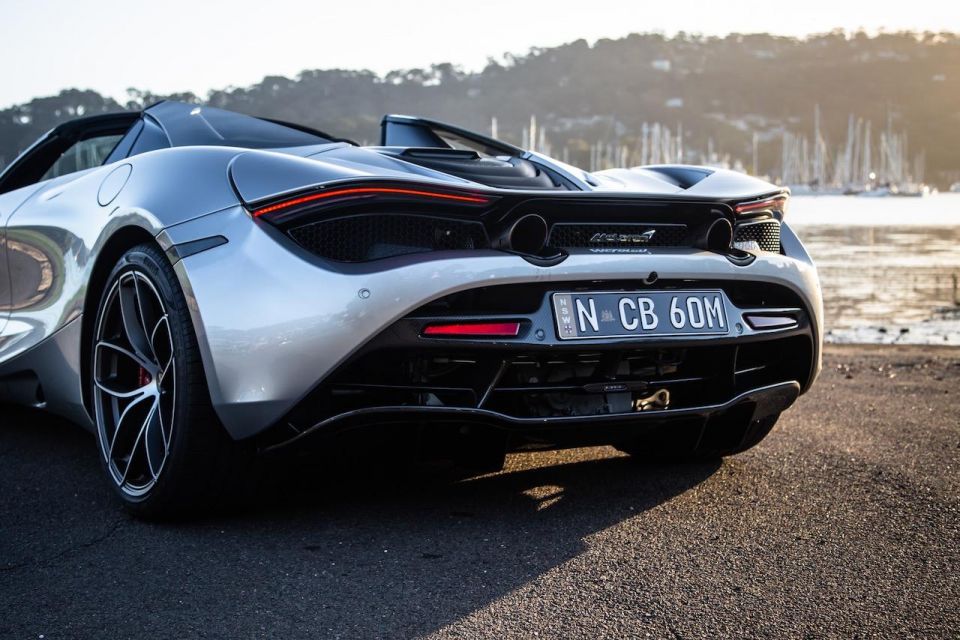
Our Saros-coloured 720S Spider was also fitted with a bunch of optional extras, including:
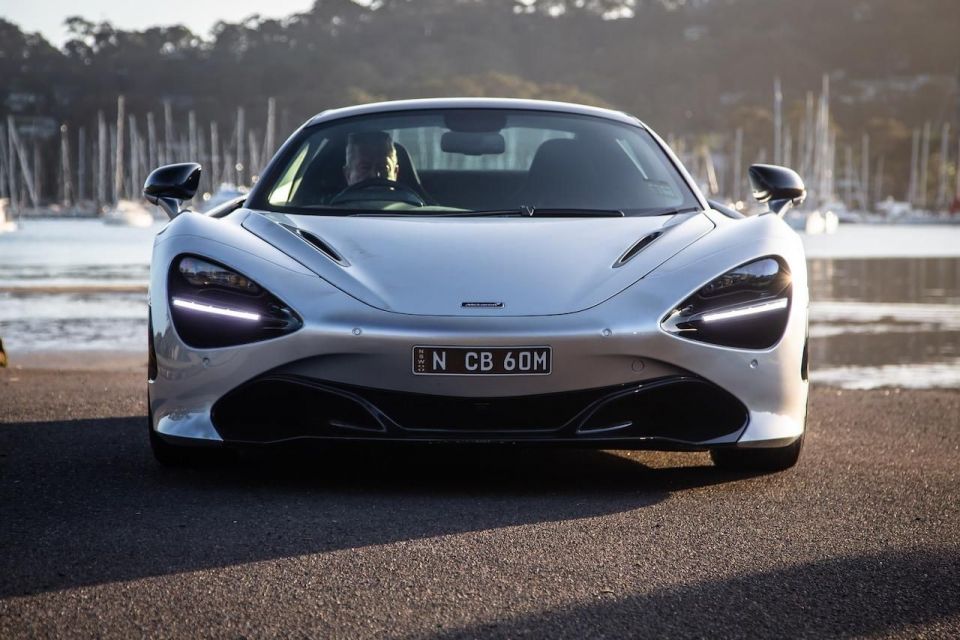
McLaren does not crash test any of its models anywhere in the world, making it no different to the likes of Porsche, Ferrari, and Lamborghini due the high costs involved in the manufacture of exotic sports cars.
However, the 720S Spider is equipped with driver and front passenger airbags, as well as side airbags for both occupants.
Additionally, the carbon core of the 720S Spider is neither weakened by the removal of the roof, nor requires any additional strengthening.
McLaren’s Monocage II-S technology is derived from its vast experience in Formula 1 racing.
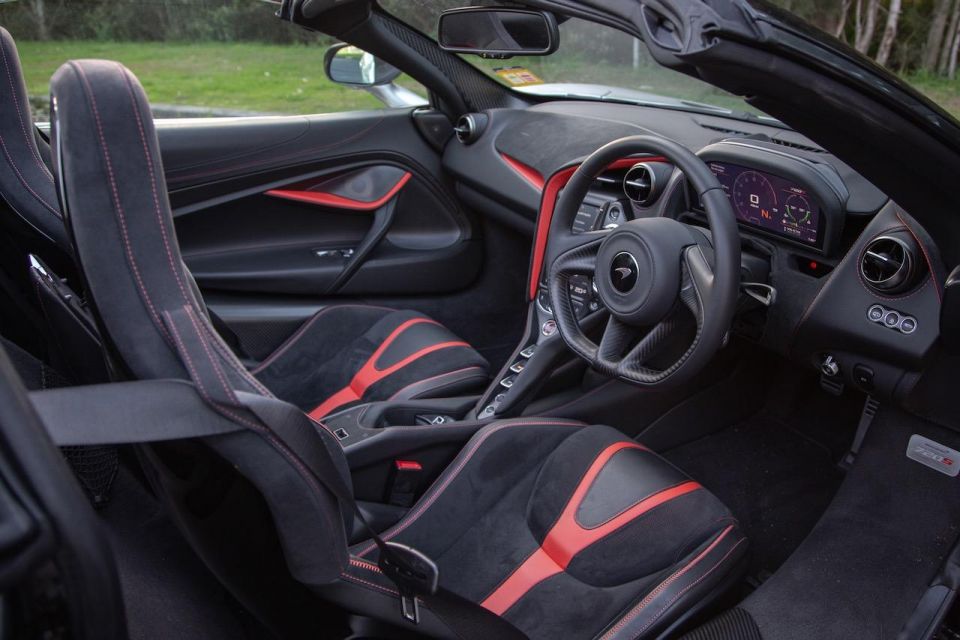
McLaren doesn’t do bling, so forget about the kind of brightwork you get in a Bentley Continental GT or even a leather-lined mid-engine Ferrari, but that doesn’t mean it feels cheap.
For instance, the 720S Spider gets lashings of Alcantara throughout its entire cabin, from the racing-style buckets to the dash itself. Our tester also had plenty of carbon-fibre trim, across the dashboard, steering wheel, and paddles.
You won’t find polished metal accents, or thick pile carpets and real wood veneers inside a McLaren, especially a high-end model like the 720S – this is a driver’s machine where every gram counts. This is where function rules over form and reducing weight is an obsession.
Some will appreciate the strict no-frills approach but others might find it a tad spartan. Not me. This is perfect, with no distractions.
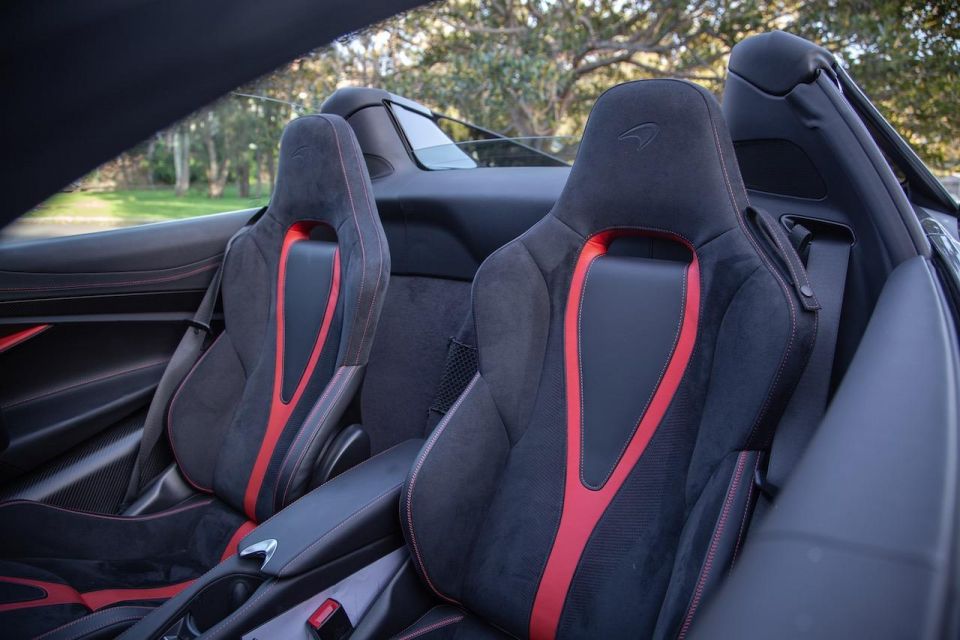
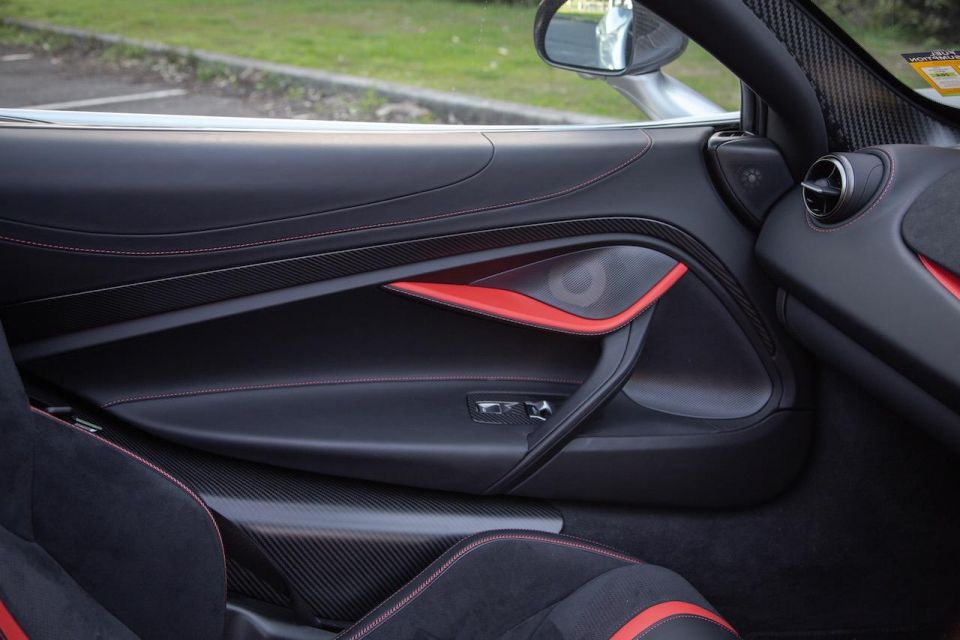
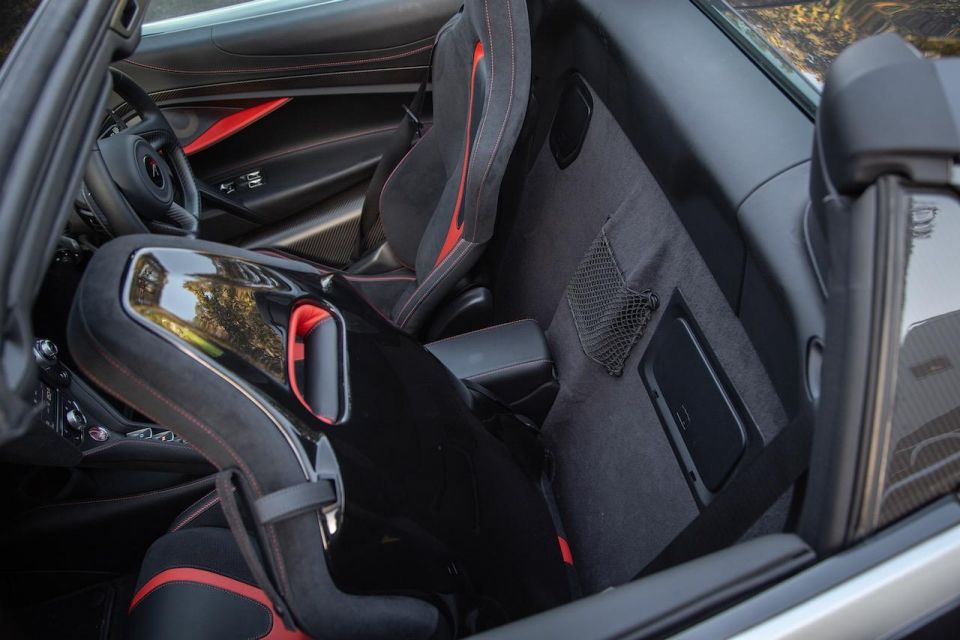
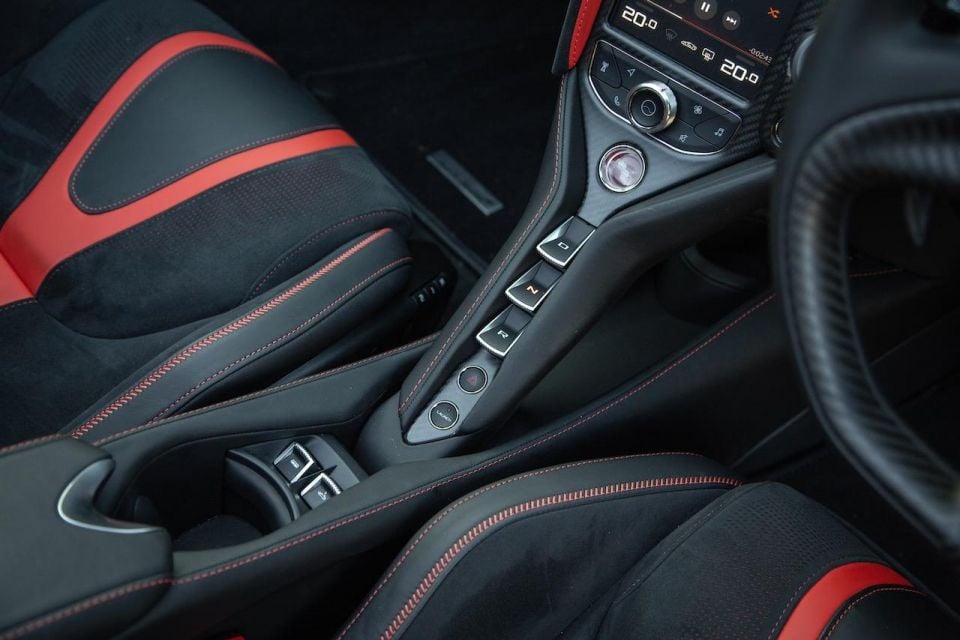
More importantly, those sports seats are beautifully designed for relatively easy access, and feature impeccable bolstering for the most rigorous track days.
The driving position itself doesn’t get any better as far as convertibles go, with a deep-set seat and perfectly-mounted steering wheel sitting exactly where you want it. It’s flat-bottomed, with none of the fancy indents or thumb moulding you get on some rival makes. You’ll appreciate the simplicity.
Despite being three years into its lifecycle the 720S Spider feels contemporary inside, with the 8.0-inch touchscreen infotainment screen (small by today’s standards) seeming like an indulgence somehow.
Either way, it’s driver-centric with a relatively intuitive interface controlling audio, navigation, and climate control, among other functions.
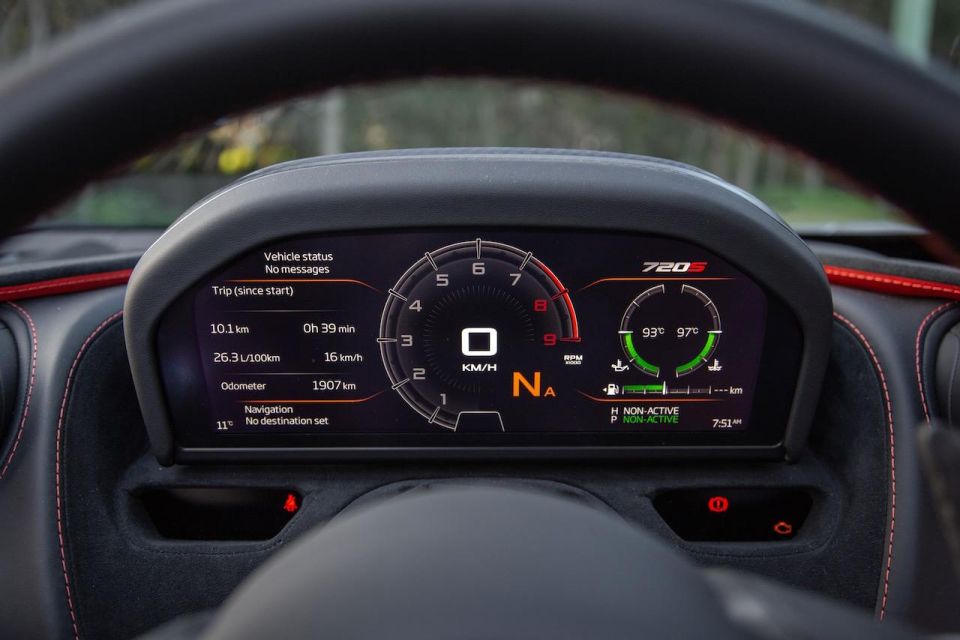

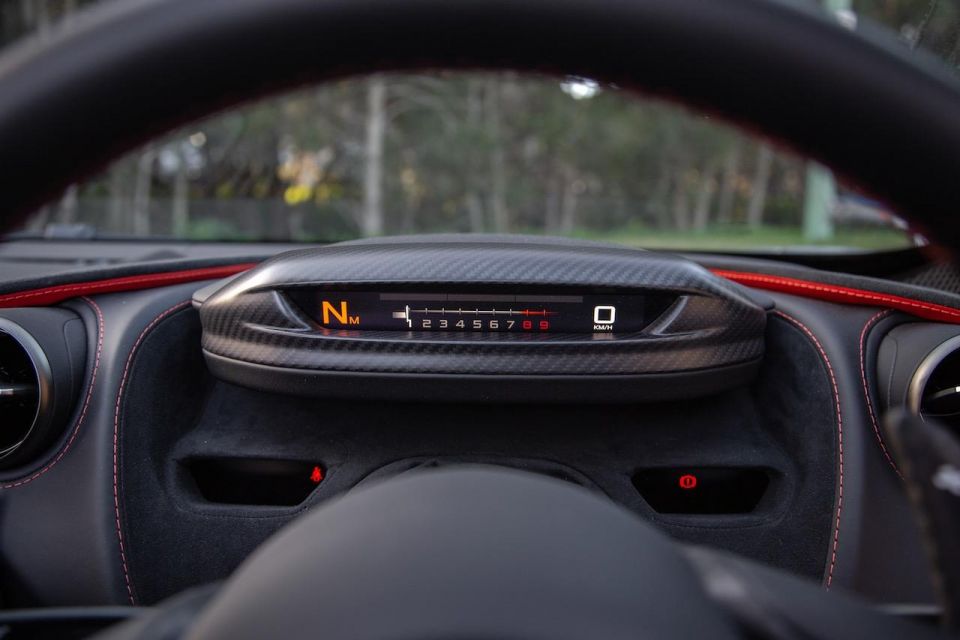

The digital instrument display is fully configurable and changes colours and layout depending on what mode is selected; Comfort, Sport, or Track. It’s easy to read at a glance, given the rev-counter lies smack bang in the centre of the screen and is backed by a digital speed readout.
Drivers can customise the information modules either side, or if you’re at max attack you can simply rotate the entire display to reveal a slimmer and less-distracting screen, showing only revs, speed, and selected gear.
Perhaps the most critical display in the 720S Spider is the Active Dynamics Panel at the right of the touchscreen, where drivers choose between three handling and engine/transmission modes (Comfort, Sport, Track).
There’s a dedicated Manual button, as well as an ‘ESC off’ function for circuit work.
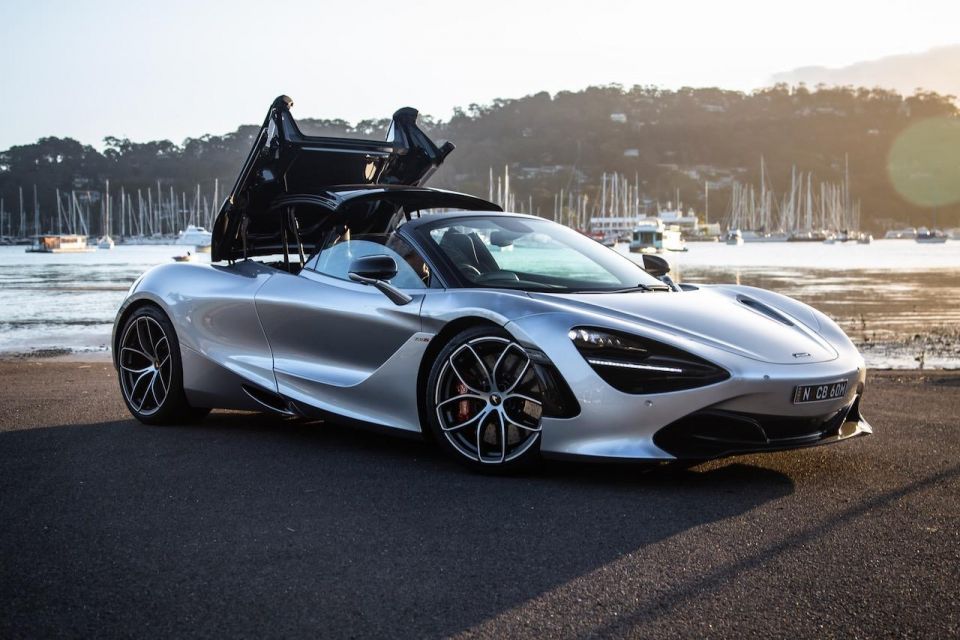
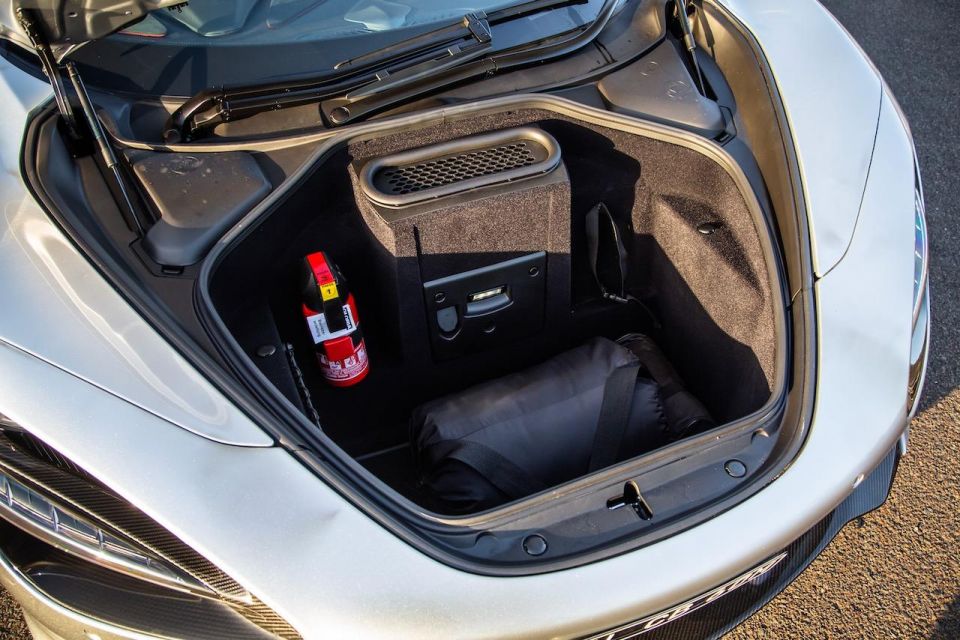

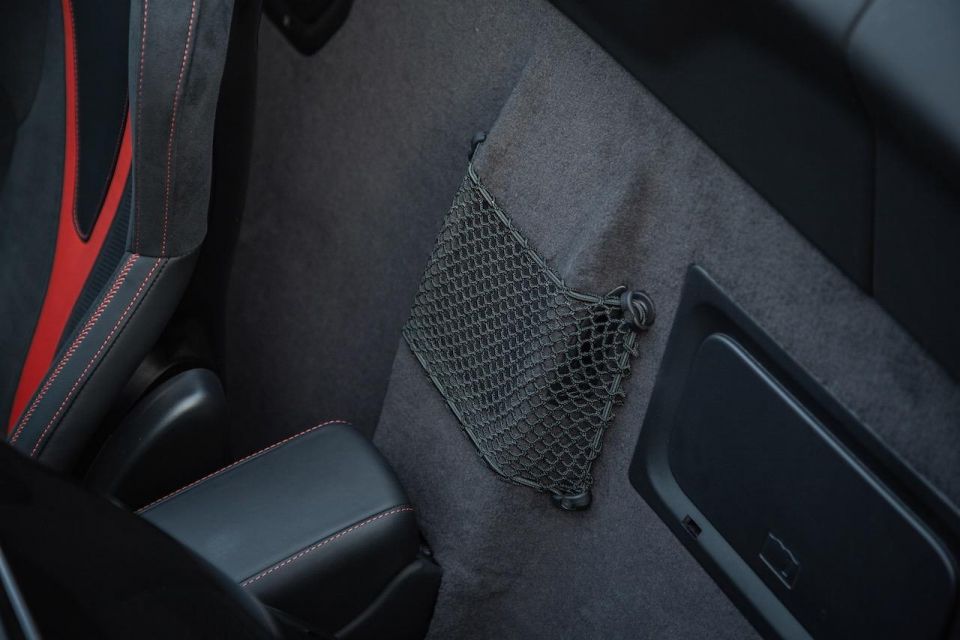
The all-important button controlling the electronic roof sits below the console bridge, and in just 11 seconds at speeds up to 50km/h you can lower or raise it.
While performance and engineering are the core tenets of McLaren’s DNA, luggage space and room for keys, wallets, and phones are well accounted for in the 720S.
In the frunk you get 150 litres for soft bags and the like, and while the roof is up there’s another 58 litres. It’s enough for a weekend away (for two).
Inside it’s a tad less generous, but there’s enough of a gap behind the seats to squeeze a small backpack or two. There’s a single cupholder, if you’re game.
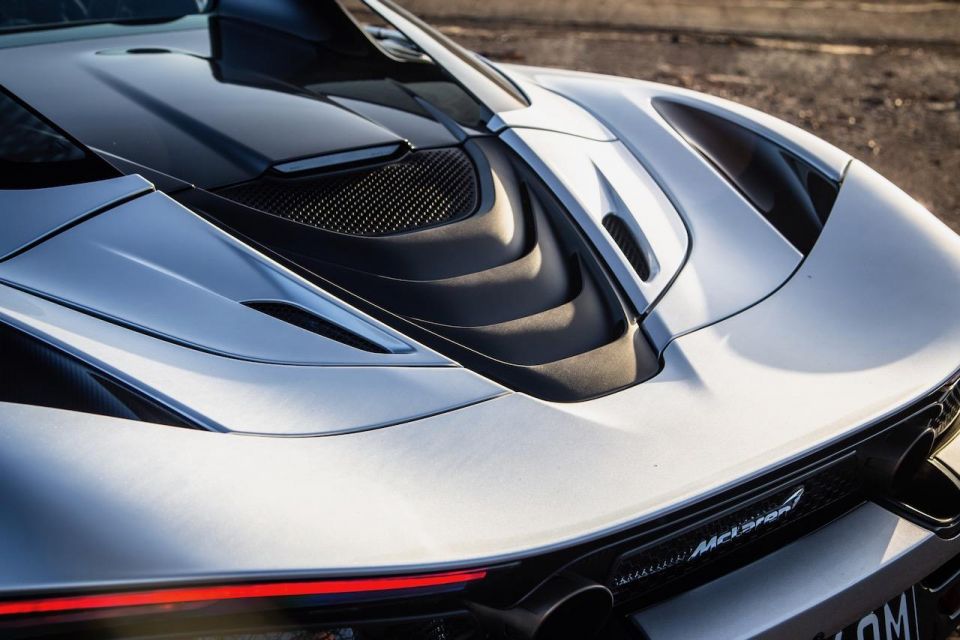
Sitting behind the driver is a twin-turbocharged 4.0-litre V8 developing a not-too-shabby 530kW of power at 7500rpm and 770Nm of torque between 5500 and 6500rpm.
For those who remember the 650S Spider, the V8 in the 720S Spider sits 100mm lower for a better centre of gravity and better overall balance.
The McLaren engine code for this motor is M840T and a key feature are the ultra-low inertia, twin-scroll turbos. The lightweight turbines are capable of spinning at 160,000rpm for extra-sharp response with minimal lag.
While there’s pretty good vision with it closed (as far as mid-engine supercars go), open-top motoring is definitely the way to go in the 720S Spider offering 360-degree visibility at the touch of a rocker switch.
Interestingly, the Ferrari F8 Tributo Spider also uses a twin-turbo V8 making an identical 530kW and 770Nm, while the Lamborghini Huracan Evo Spyder sticks with its tried and tested naturally aspirated V10 developing 449kW and 560Nm.
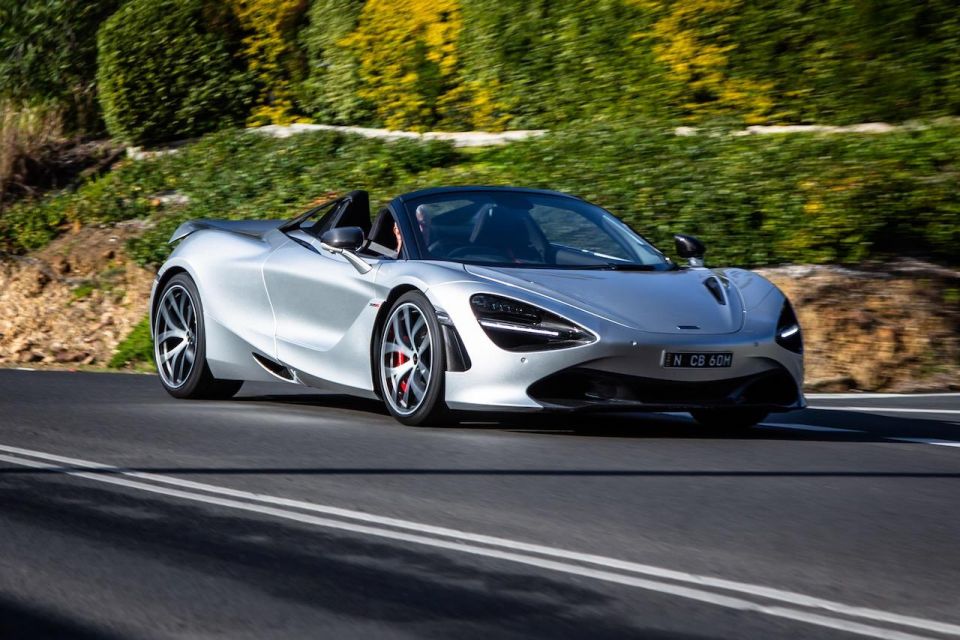
Where expert car reviews meet expert car buying – CarExpert gives you trusted advice, personalised service and real savings on your next new car.
I don’t think I lasted five minutes before dropping the roof in the McLaren 720S Spider. After all, what’s the point of driving around in a Spider if you’re not going enjoy that wind-in-the-hair experience and catch some rays at the same time?
Let’s face it, convertibles look a whole lot better with the roof open than closed, and on a sunny winter day there’s simply no better way of enjoying the drive.
The stop/start button isn’t anything special, but fire it up and the 720S Spider will immediately awaken all of your senses. It’s not a glorious sound like the Lamborghini Huracan Evo or any other naturally-aspirated supercar, but you’re fully aware you’re behind the wheel of something exotic, if not ferocious.
There’s something about driving a McLaren that you don’t get in other exotics. After all, more than any other marque, McLaren is a sports car brand, born out of Formula 1 racing and so far undiluted by the need to produce crossovers.
There’s Formula 1 technology all over this car and that’s evident from the moment you first punch the throttle, brake, and turn into your first corner. There’s nothing quite like it in terms of feedback.
It’s as though all the major controls – the throttle, gearbox and steering – have been customised for you. There’s no need to get used to anything like you need to with other makes. It’s extraordinarily satisfying from a driver’s perspective.
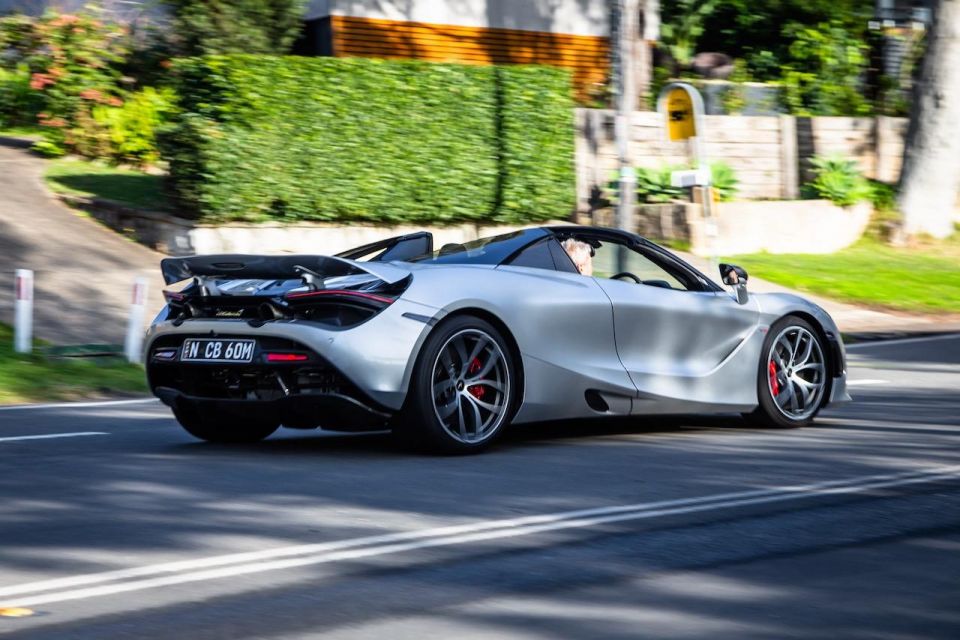
Along with that comes a high level of confidence, so you hit ‘Active’ and dial up Sport for blindingly fast acceleration from the get-go.
Forget about any noticeable lag in a McLaren 720S Spider – there might be an infinitesimal moment before the twin-scroll turbos spool up, but lean on it for any length of time and you’re standing on the carbon-ceramic brakes with more force than you might imagine.
To the uninitiated it seems terrifyingly fast. Believe me when I say it is, with an ability to pile on speed with ludicrous ease. Fortunately, I’ve had the opportunity to open the Spider up on deserted roads in various parts of the world not fussed by speed limits and even then, it feels as quick as anything I’ve ever driven.
You can feel the lightweight carbon tub at play here. It’s got a kerb weight of just 1468kg, or 37kg less than the Ferrari F8 Tributo, and there’s a sensation the McLaren has reduced inertia, given how sharp all the major mechanicals are.
Interestingly, it’s still satisfying (to a degree) driving the McLaren around my home territory on Sydney’s Northern Beaches. You can still give it the occasional squirt, but it’s more about the sensation of taking a series of bends with a level of grip and poise like you’ve never experienced before.
Again, it’s the heightened feedback you get from the major controls that makes this car so special. The steering is perfectly weighted with just the right amount of assistance for quick changes of direction.
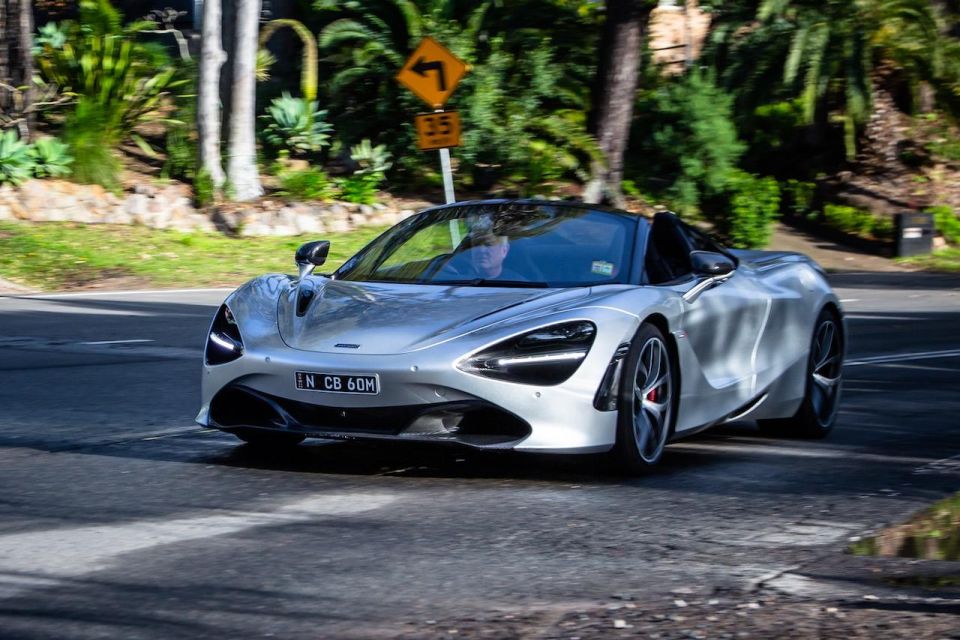
You feel exactly what the front wheels are doing and the level of grip available at any time, thanks to its electro-hydraulic system. I’d go one-step further and suggest the driver can feel every dimple of a coarse-chip surface.
Throttle response is ultra-precise for mid-corner adjustments, which don’t seem to undermine the car’s composure in any way. Even when you come off the power, the level of resistance in the throttle seems perfectly calibrated.
However, the brakes take some getting used to. You really need to stand on them as you would in race car when hard stops are required. That’s likely the result of not enough heat being generated from driving in the ‘burbs. Even then, there’s something satisfying about using all the might of your quads when braking.
The gearbox is stupendous in its ability to shift intuitively without the need to pull either of those exquisite carbon-fibre paddles extending from one end of the steering wheel to the other. You can come into a corner in sixth, stand on the brakes, and it will drop three gears (each one with a perfectly-timed blip) in the blink of an eye.
You’ll likely want to leave the damper settings in Comfort for urban duties given the sheer breadth of ride stiffness between it and the Sport setting. For a hard-charging supercar the 720S Spider offers superb ride comfort over all manner of bumps, thanks to its sophisticated active chassis set-up.
The McLaren doesn’t use conventional anti-roll bars, instead employing hydraulically-interlinked continuously-variable dampers in concert with hydraulic anti-roll bars. The end result is a sublime ride and handling combination.

Even supersized speed bumps are cushioned out of the driving experience. While dialling up Sport produces an instantaneous change in the degree of bump absorption, it’s still very much liveable as a daily driver should you be so fortunate.
There’s no scuttle shake, not even the tiniest hint. You could be driving the 720S Coupe – there’s no difference.
If there’s any downside, it’s the lack of a glorious engine note. Sadly, it’s been that way from the outset with McLaren’s twin-turbo V8. It’s not much better at Ferrari either, the last of the great sounds from a V8 died with the 458 Italia.
These days you need a front-mounted V12 for pure listening pleasure.
Don’t get me wrong, the 720S Spider makes plenty of noise, but it’s an angry, gruff sound you get with any twin-turbo engine these days – from racing to road cars. It’s all the same and lacks the scintillating scream of a naturally-aspirated engine.
Sad, but it’s the world we live in these days, on our way to a life of pure silence in the automotive world.

McLaren offers a three-year, unlimited-kilometre warranty across its Super Series range, while cosmetic corrosion is covered for five years and perforation corrosion for 10 years.
Owners can also extend the warranty from the time of purchase in 12-or-24 month increments until the car is 10 years old.
Service intervals are one year or 20,000km, whichever comes first with costs set by individual dealers.
The McLaren 720S Spider uses a claimed 12.2L/100km on the combined cycle using the WLTP measurement, but don’t be surprised if you get as high as 25L/100km around town.
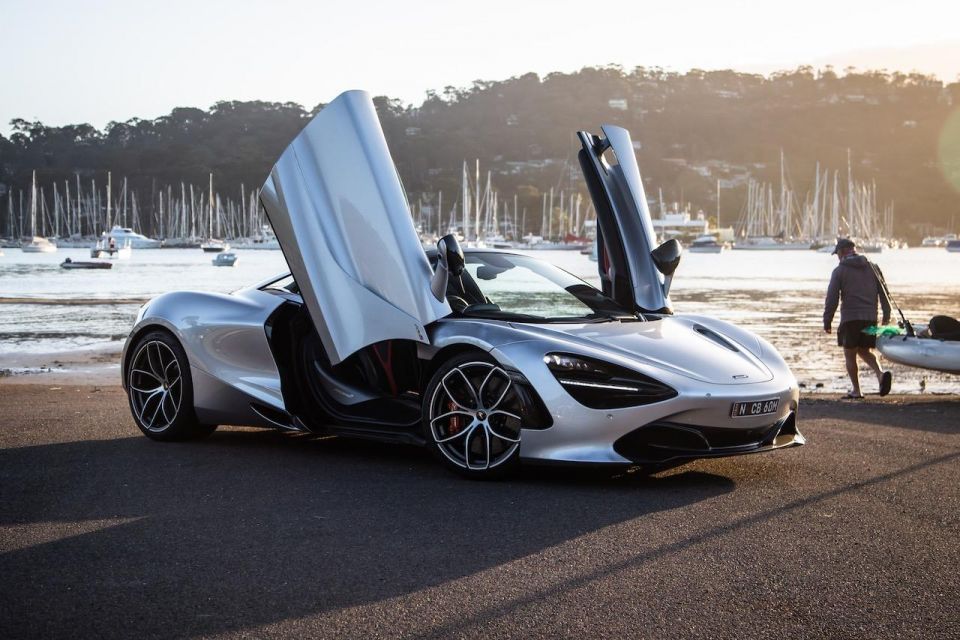
It’s the least intimidating convertible supercar you’re ever likely to drive, yet it’s also one of the quickest and most user-friendly in this rarefied segment of the motoring world.
It may not have the flair of its Ferrari rival or make the intoxicating roar of a V10-powered Lamborghini, but every time you get into a McLaren 720S – with or without a roof – it’s as if every other exotic car owner around you knows you’re driving the most accomplished supercar on the planet.
You know it too.
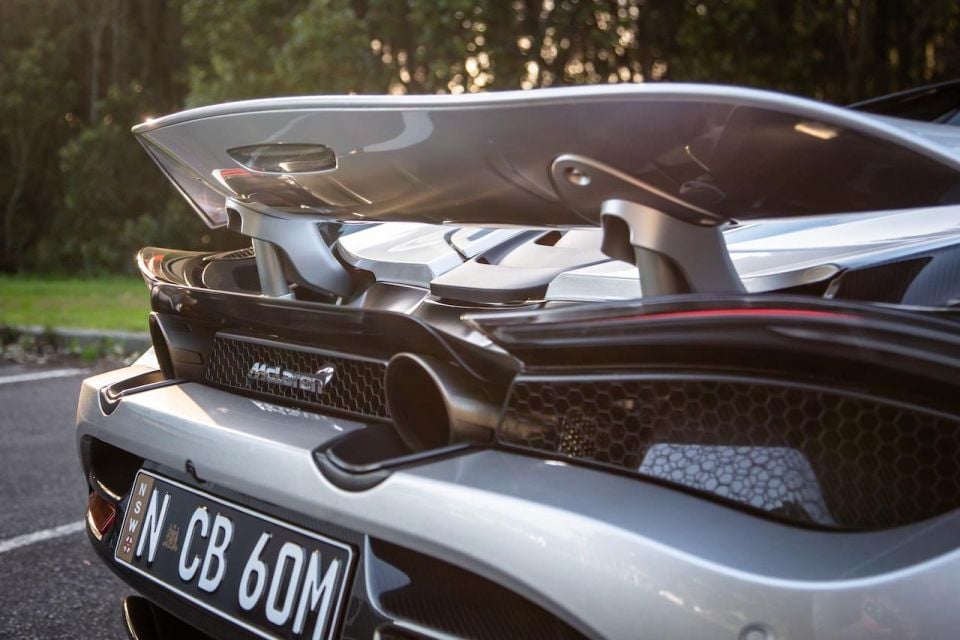
Click the images for the full gallery
MORE: Everything McLaren 720S
Where expert car reviews meet expert car buying – CarExpert gives you trusted advice, personalised service and real savings on your next new car.
Anthony Crawford is a CarExpert co-founder and senior presenter with 20+years in automotive journalism and content creation.


William Stopford
4 Hours Ago


Ben Zachariah
5 Hours Ago


Derek Fung
6 Hours Ago


Matt Campbell
12 Hours Ago


William Stopford
1 Day Ago


Josh Nevett
1 Day Ago